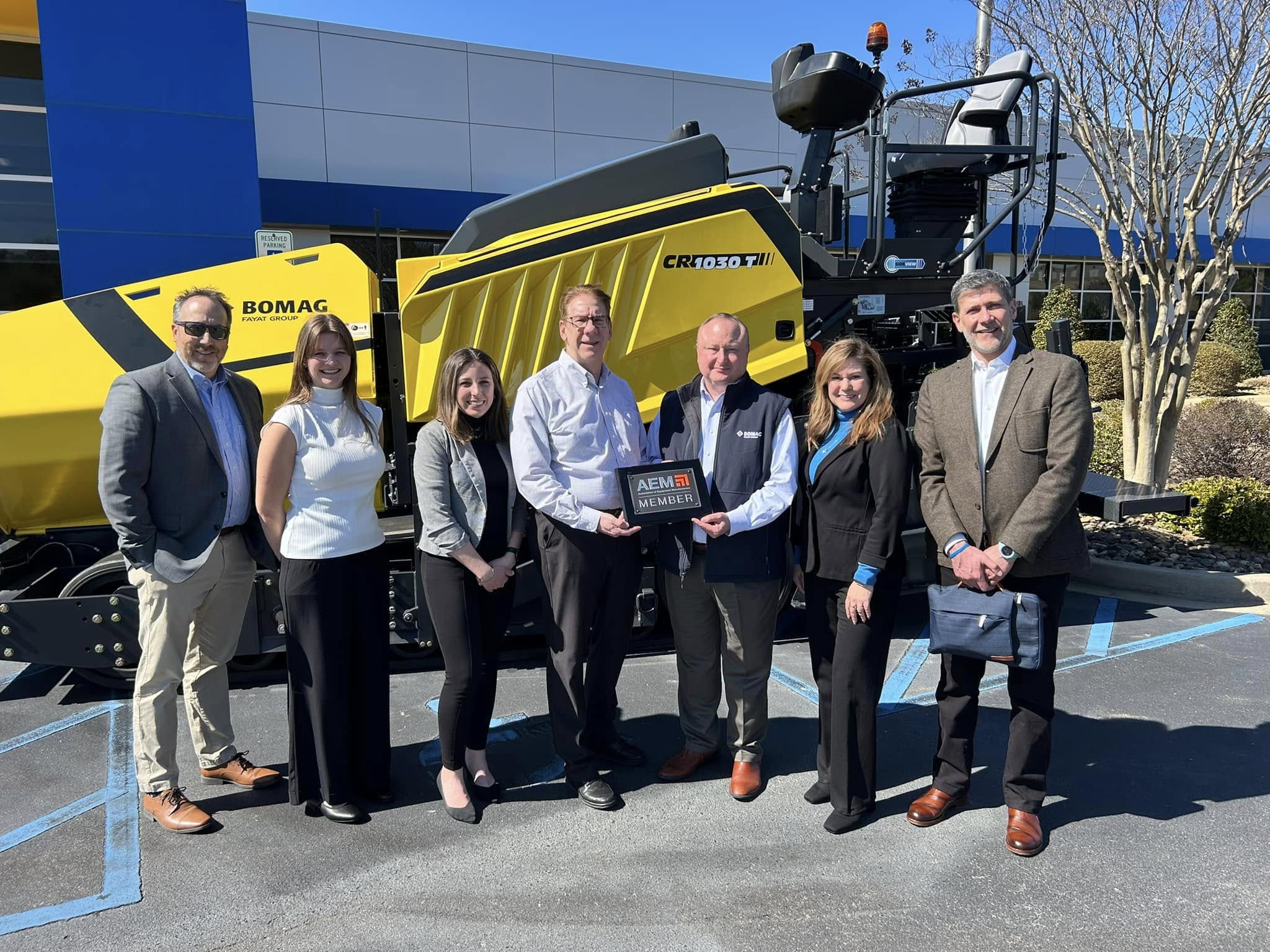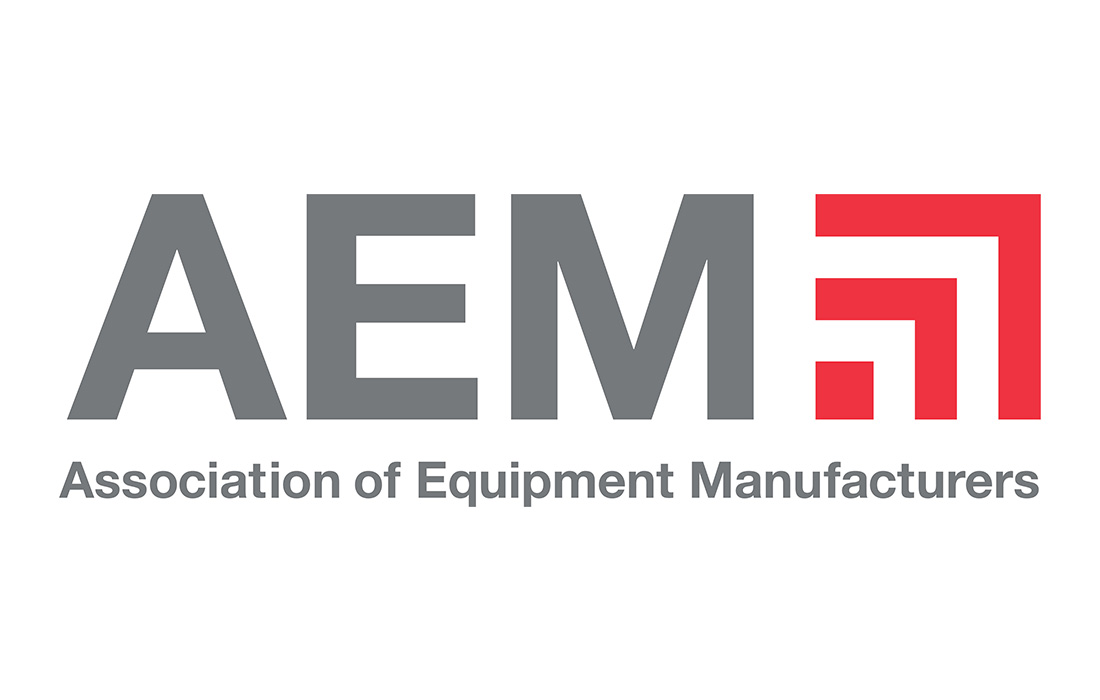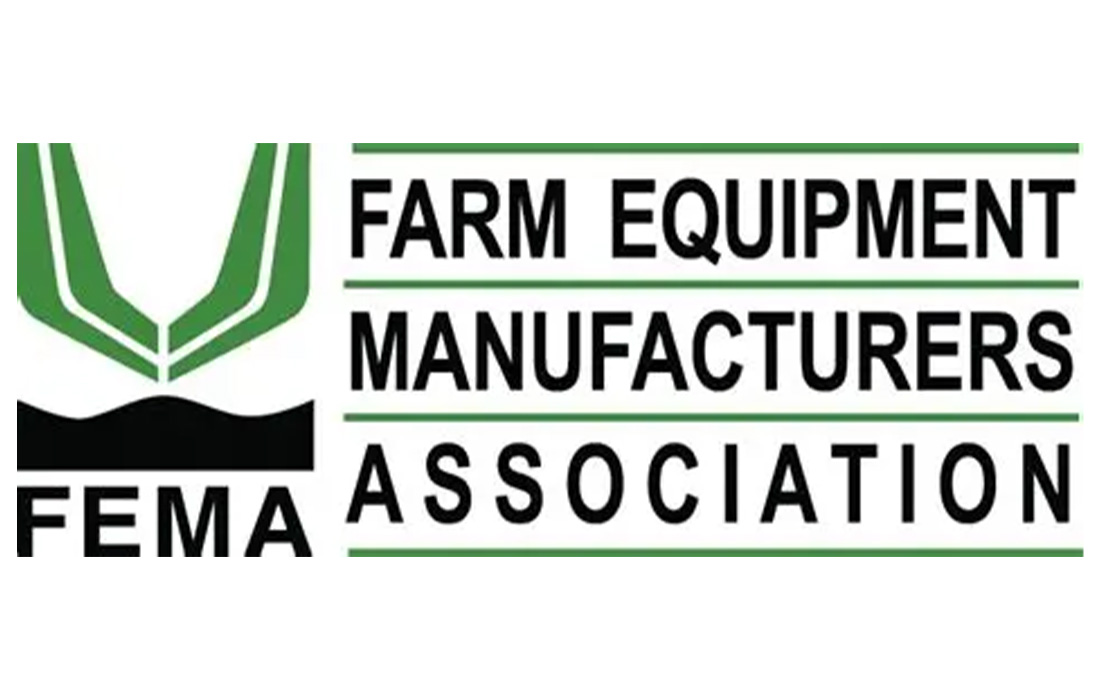"It’s all about managing risk. We need to be ready with robust compliance programs, because there is legislation coming with the potential for more litigation in the future. You don’t want to be in a position where your product is obsolete because you weren’t ready. We need to understand the risks, which means we need to know where PFAS is used in our products, and how much. If we do this, we can be confident our designs and our end-product solutions have futures.” – Justin Prosser, senior product compliance specialist at AEM member company Danfoss
On Sept. 5, 2024, the U.S. Environmental Protection Agency (EPA) published a Direct Final Rule amending their TSCA Section 8(a)(7) Reporting and Recordkeeping Requirements for Perfluoroalkyl and Polyfluoroalkyl Substances Final Rule, from Oct. 11, 2023. The amendment changes the submission period start date from November 12, 2024, to July 11, 2025, and indicates that the EPA will seek additional feedback from industry on the reporting software module it plans to release through its CDX platform.
The original Final Rule requires any chemical manufacturer, or importer, of PFAS or articles that contain PFAS, in any year from Jan. 1, 2011, to Jan. 1, 2023, to submit to EPA information on these substances regarding chemical identities, production volumes, industrial uses, commercial and consumer uses, worker exposures, disposal, and any existing information related to potential environmental and health effects. The scope of this rule applies to PFAS found in chemical mixtures, complex articles, or its bulk form.
In its Direct Final Rule, EPA acknowledges the need for additional resources and feedback from industry stakeholders on the implementation of their PFAS reporting module within its larger chemical reporting platform, the Central Data Exchange (CDX) system. While the Direct Final Rule does not change the specific data reporting elements found in the original rule, it does provide much needed regulatory relief for the industry.
“This is going to affect all manufacturers of PFAS substances and mixtures, including article importers, dating all the way back to January of 2011,” said Jacob Schantz, senior chemical regulatory engineer at AEM member company Doosan Bobcat.
“It’s a very new world for those of us who work in product compliance.” -- Assent's Cally Edgren
To help the nonroad equipment manufacturing industry meet new PFAS requirements, AEM and its member companies offer a number of educational resources intended to outline the best practices for impacted stakeholder companies looking to ensure compliance.
What Are PFAS?
Per- and polyfluoroalkyl substances (PFAS) are a large family of synthetic organofluorine compounds which contain thousands of unique chemical entities. For many industries, including the non-road sector, PFAS chemistries are selected to provide high thermal and chemical stability, a resistance to heat, pressure, chemical, and friction stressors, as well as extremely low surface tensions, making them repellent to both water and oil. Due to their highly advantageous properties, PFAS can be found in a variety of different applications, including:
- Seals, gaskets, O-rings
- Hoses
- Hydraulic fluid
- Fire retardants
- Electronics and electrical equipment
- Refrigerants
- Alternative power technologies
- Paints and coatings
“(This) family of chemicals are being worked into legislative instruments like REACH, like TSCA, and also spurring their own laws, such as the product laws in Maine and Minnesota,” said Cally Edgren, sustainability director at Assent.
“So, the first questions manufacturers need to ask themselves are where their PFAS are and why they’re using them,” continued Edgren. “Because you’re going to need that information for a lot of laws. And, at the end of the day, knowing how you were using them in the past, or not using them in the past, could help protect you from some of that litigation in the future.”
"You don’t want to be in a position where your product is obsolete because you weren’t ready. We need to understand the risks, which means we need to know where PFAS is used in our products, and how much." -- Danfoss's Justin Prosser
Understanding EPA’s PFAS Reporting and Recordkeeping Requirements
Under the Final Rule, any company, individual, or entity which manufactured or imported PFAS in the U.S. market for commercial purposes since Jan. 1, 2011, will be required to electronically submit their data to the EPA for any year that they did so. According to EPA:
Under the Final Rule, any company, individual, or entity which manufactured or imported PFAS in the U.S. market for commercial purposes since Jan. 1, 2011, will be required to electronically submit their data to the EPA for any year that they did so. According to EPA:
[The] reporting standard requires reporting entities to evaluate their current level of knowledge of their manufactured products (including imports), as well as evaluate whether there is additional information that a reasonable person, similarly situated, would be expected to know, possess, or control. This standard carries with it an exercise of due diligence, and the information gathering activities that may be necessary for manufacturers to achieve this reporting standard may vary from case-to-case.
“The final deliverable is that there is going to be a requirement to submit a digital electronic report to the EPA through the Central Data Exchange,” said Schantz. “This is the platform that they are using to accept all the submissions. Now, you can do this in two different forms, and it depends on which form is applicable to you based on the type of product you actually produce.”
“This is going to affect all manufacturers of PFAS substances and mixtures, including article importers, dating all the way back to January of 2011.” -- Doosan Bobcat's Jacob Schantz
According to Schantz, the two options are:
- Standard reporting, which includes large everything from chemical identity to environmental exposure, worker exposure, disposal methods, and more.
- Streamlined reporting, which is directly applicable to companies that only import articles into the United States from the outside, as well as those that are manufacturing PFAS substances and mixtures solely for the purpose of research and development in quantities less than 10 kilograms per year.
“So, depending on which bucket you fall into for those you're reporting, the requirement is going to be slightly different,” said Schantz. “And regardless of which of those reporting options you have, there is no minimum threshold for PFAS concentration inside those components.”
The EPA's Central Data Exchange system PFAS reporting module is expected to open close to the start of the July reporting period.
“All of this isn't just about this one rule today. We need to at least recognize that we're seeing a new rule about PFAS almost every week.” -- The Manitowoc Company's John Merx
How Organizations Can Respond to Existing and Future PFAS-Related Requirements
There are many different legislative and regulatory rulemakings taking place around the world focusing on PFAS. Many of these are already in effect, while others are under consideration by a variety of policymaking bodies.
“All of this isn't just about this one rule today,” said John Merx, compliance manager at AEM member The Manitowoc Company. “We need to at least recognize that we're seeing a new rule about PFAS almost every week. So, what you're doing now, along with being forward-thinking in the future, will help you be ready for other rules coming out.”
“It’s a very new world for those of us who work in product compliance,” added Edgren.
With that fact in mind, Schantz suggested manufacturers take the following steps to help manage risk and ensure compliance with PFAS requirements:
- Invest heavily in the resources necessary to build a compliance program and develop the capabilities to monitor, understand, communicate, and respond to this type of regulation.
- Investigate available service providers to assist in regulatory monitoring.
- Actively participate in trade associations like AEM who are involved in the regulatory rulemaking process.
- Ensure strong relationships and solid two-way communication with suppliers.
- Share information and potential impacts with other organizational stakeholders.
- Engage regulatory contacts at suppliers.
“It’s so important to establish and maintain a good process that’s focused on making sure what you’re doing now prepares you for the future,” said Merx. “Because when you consider this might be the first real data collection en masse for your company related to compliance, you need to establish a foundation that will help you develop every additional program you need to later.”
For more information on EPA’s PFAS Reporting and Recordkeeping Requirements, contact AEM’s Jason Malcore at jmalcore@aem.org or visit AEM’s educational resource page.
For more AEM member perspectives, subscribe to the AEM Industry Advisor.





